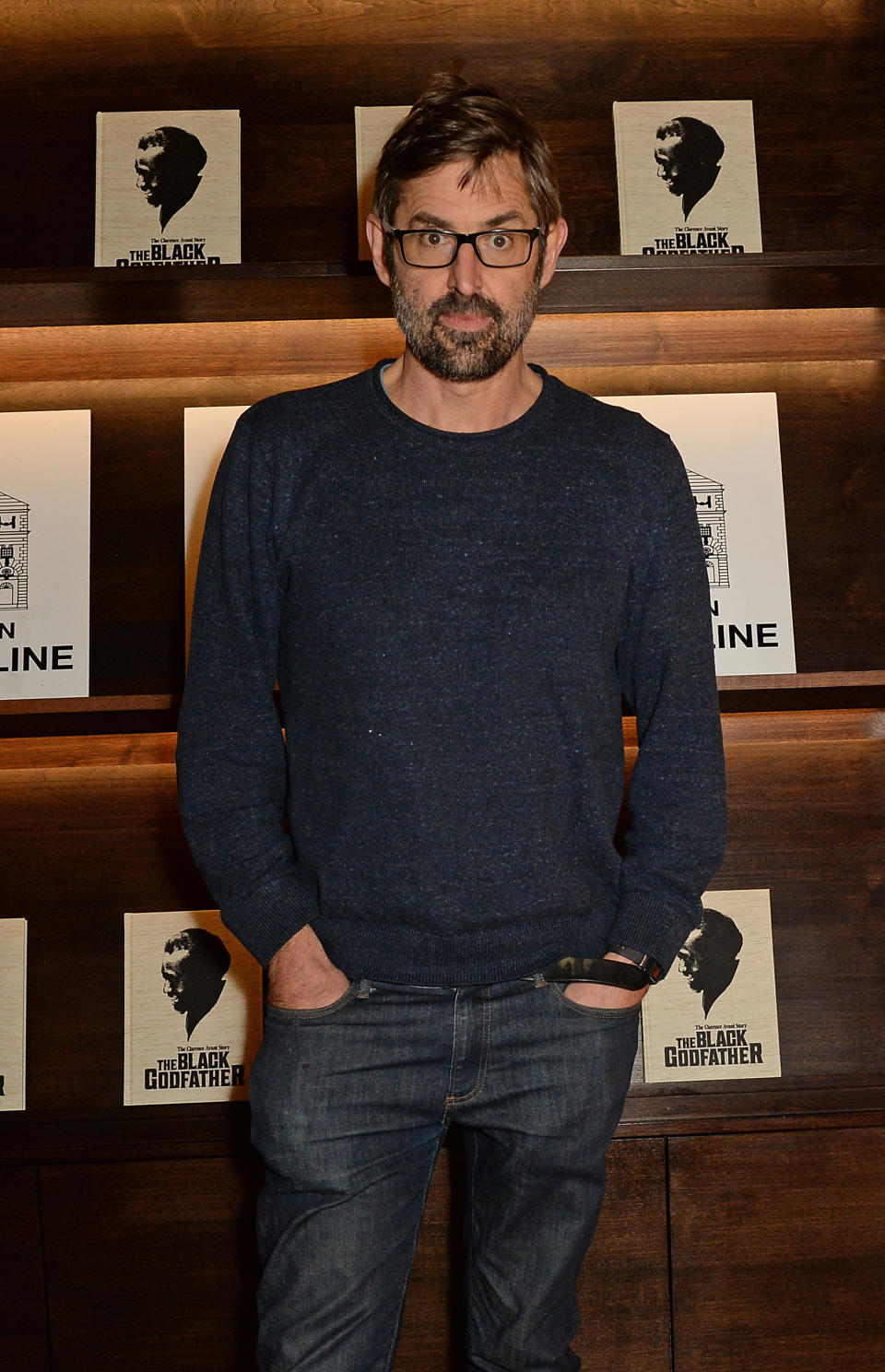
Louis Theroux has shared an update on the alopecia he believes he may be suffering from.
The 52-year-old documentary filmmaker provided an update on social media last night, explaining that he believes alopecia has moved to other areas.
“Oh my gosh looks like the alopecia has moved to my brows,” she wrote on Instagram. “I realize you’re not all waiting for every update on the progress, but I want people to adjust to my newly partially thinned me and not scare everyone by suddenly appearing in public like a half-plucked elephant bird without any prior warning.”
Theroux went on to say that he wishes he could “keep my brows in” but accepts it may be out of his control.
However, as a precaution, she shared that she had started taking vitamin D and “something called biotin”.
Read more: I lost all my hair after my father died and was diagnosed with alopeciaYahoo Life UK, read 10 min
Earlier this year the broadcaster told his followers that he “may” have alopecia after sharing that he was losing hair in his beard.
In a post on Instagram, Theroux shared a series of photos highlighting how his facial hair has changed in recent months.
In an accompanying caption, he told his 763,000 followers: “So this is how my beard looks like now because I think it might be alopecia.
“Basically I got a little triangular beard around my mouth and some more on the sides.”

What is alopecia areata?
According to the charity Alopecia UK, alopecia areata is believed to be an autoimmune condition, which often begins as isolated patches of hair loss.
The patches, generally in one or more coin-sized areas, are usually found on the scalp and/or all over the body including the beard, eyebrows, eyelashes, or body hair, including pubic hair.
“In alopecia areata, cells from the immune system (a specific type of T cell, known as NKG2D+ T cells) cluster around hair follicles,” explains the charity.
“These cells attack the follicle, stopping it from producing more hair. The exact way this happens is not yet understood.
What is alopecia areata?
Alopecia barbae is a specific form of alopecia areata, in which hair loss affects the beard and moustache.
“Usually, it comes on suddenly and you start losing beard hairs in small circles,” explains Anabel Kingsley, brand president and trichologist at Philip Kingsley.
While alopecia barbae can only occur in the beard area, it can also occur along with hair loss in other areas, such as the scalp.
Alopecia barbae usually causes beard hair to fall out in small circles. If more hair falls out, the loops can start to overlap.
According to Alopecia UK, the hair around the edges of the patch sometimes turns white.
Read more: Jamie Laing shares hair loss concerns – what are the causes and treatments?Yahoo Life UK, read 6 min

What are the symptoms?
In some people alopecia barbae can appear gradually, while in others it can appear suddenly.
One of the first symptoms, according to Gillette UK, is a small, circular bald spot on your beard that gradually gets larger.
The skin around the patch may also start to itch or hurt before you start losing hair and some people may experience skin irritation, inflammation, and redness over the patch of patchy baldness.
Read more: Hair loss: Signs, symptoms, causes and treatmentYahoo Life UK, read 6 min
Treatment for alopecia areata
According to Alopecia UK, there is currently no cure for alopecia areata, but there are a variety of treatments to try, though none are guaranteed to work.
Many people experience spontaneous regrowth without treatment and treatment is more likely to be effective in milder cases of alopecia areata, with little hair loss.
Common treatments for alopecia areata include corticosteroids (designed to dampen the immune response) and topical immunotherapy (to redirect the immune response).
There have also been some cosmetic treatments including beard transplants, with one Harley Street surgeon reporting a spike in requests for beard transplants recently.
Harley Street surgeon Dr Asim Shahmalak of Crown Clinic claims he has seen a 25% increase in bookings in recent years.
Dr Shahmalak said: “The correct, full-grown beard has been the ultimate definition of masculinity for centuries.
“But the sad truth is many men in England struggle to grow a beard, sideburns and moustache.
“They have significant gaps in their facial hair and the end result can look patchy and unconvincing.
Dr Shahmalak claims more men are turning to surgery to grow their facial hair with hair transplants so they have fuller beards without gaps.
#Louis #Theroux #alopecia #migrated #brow #shares #preventative #measures